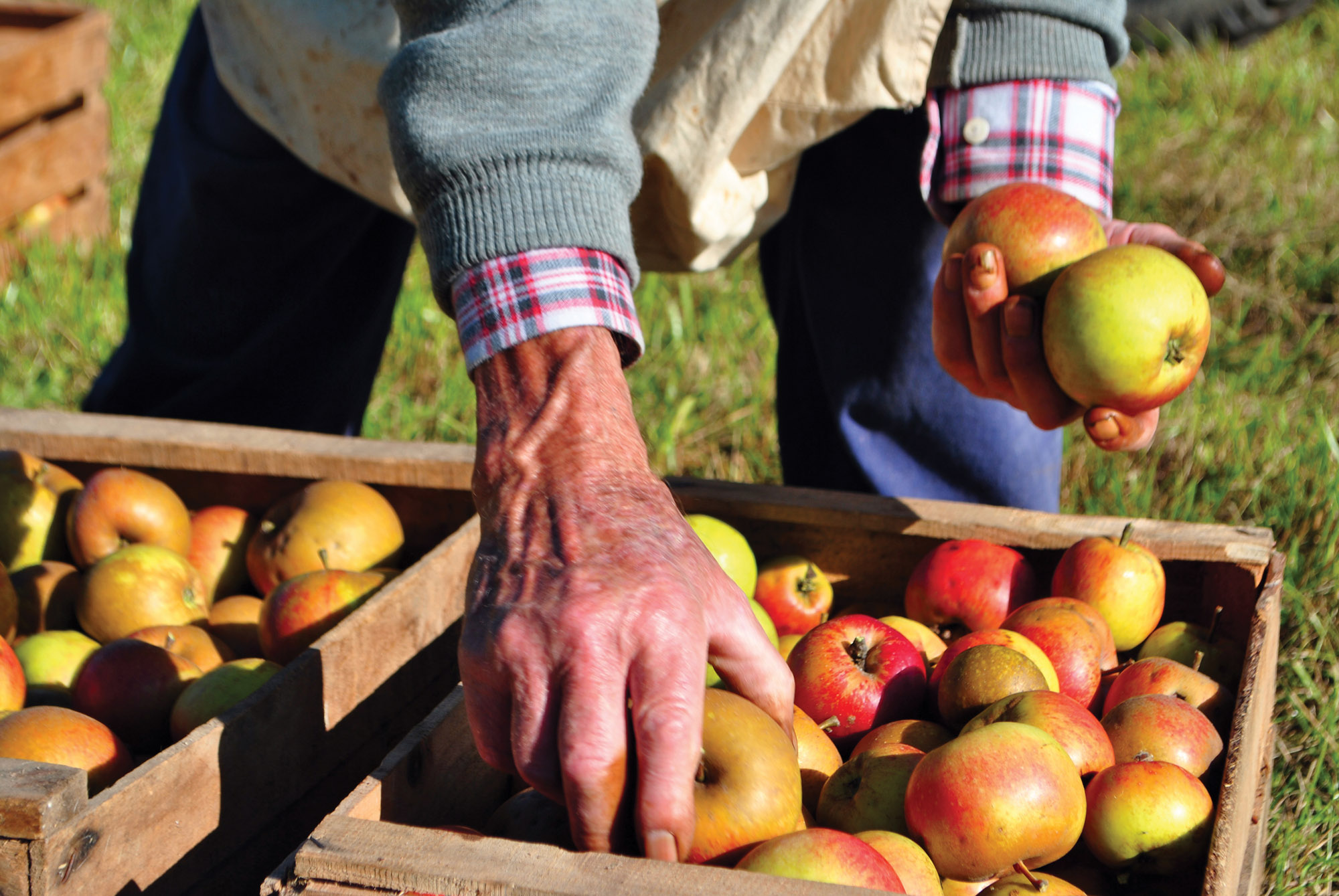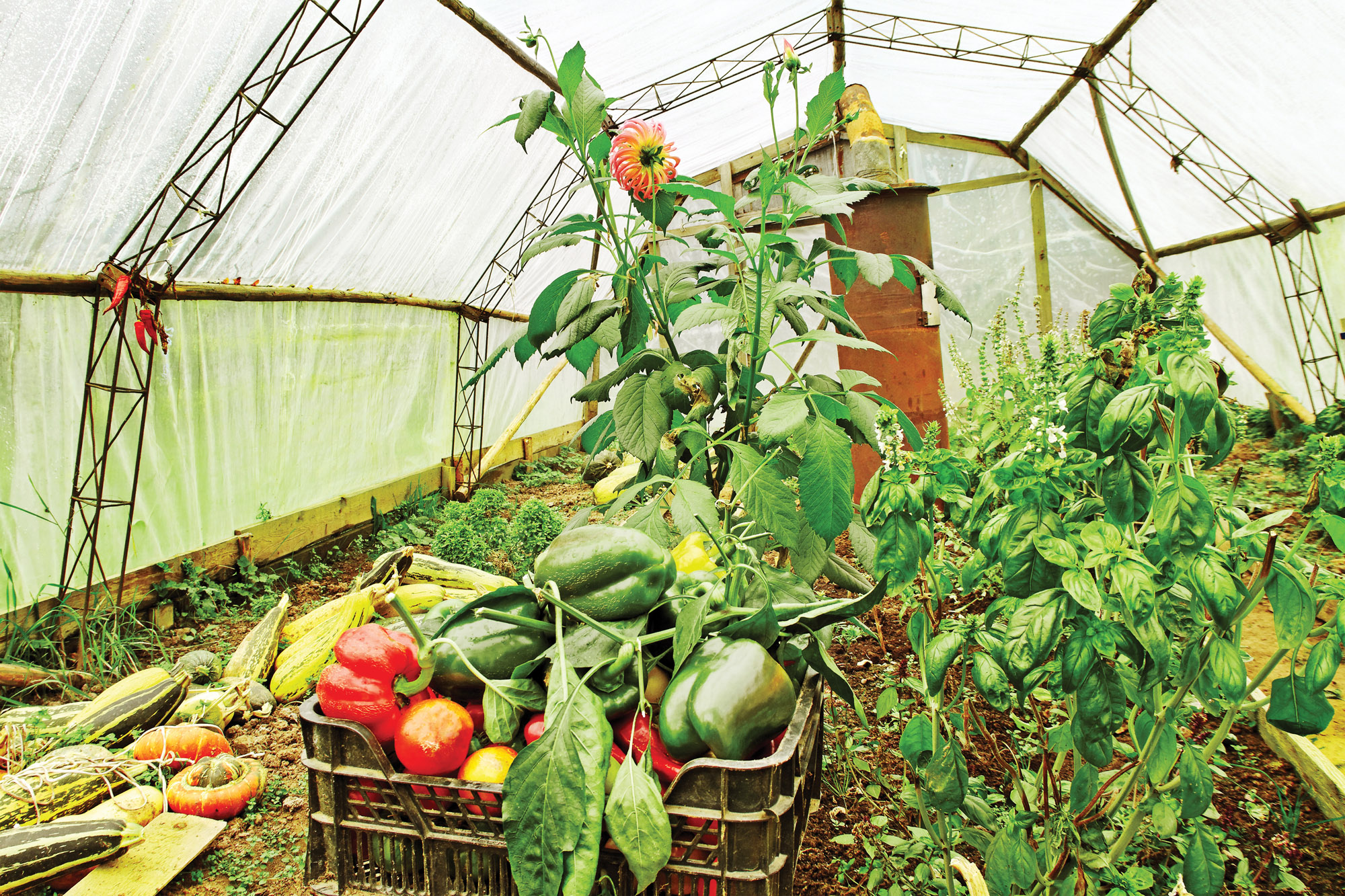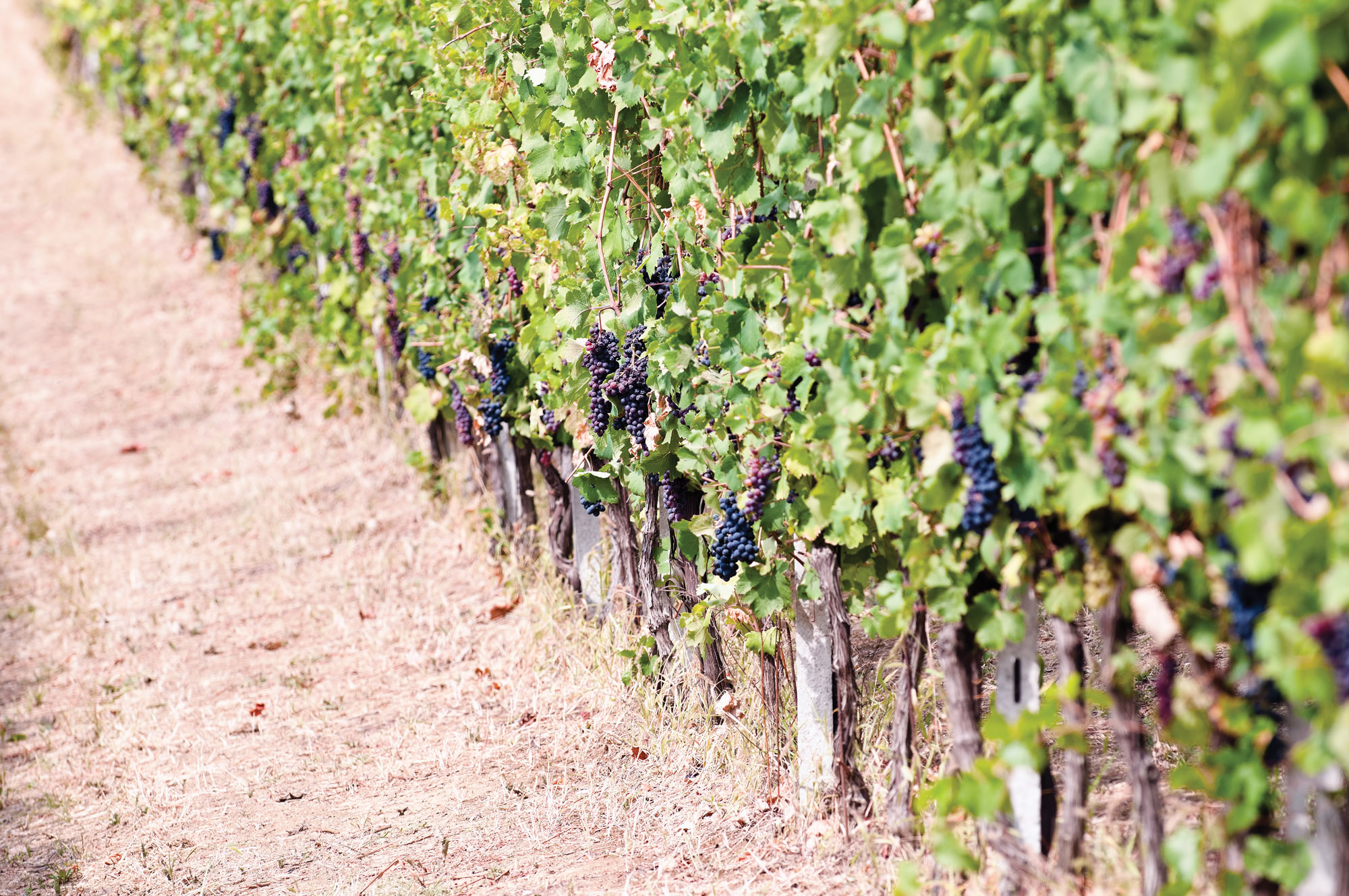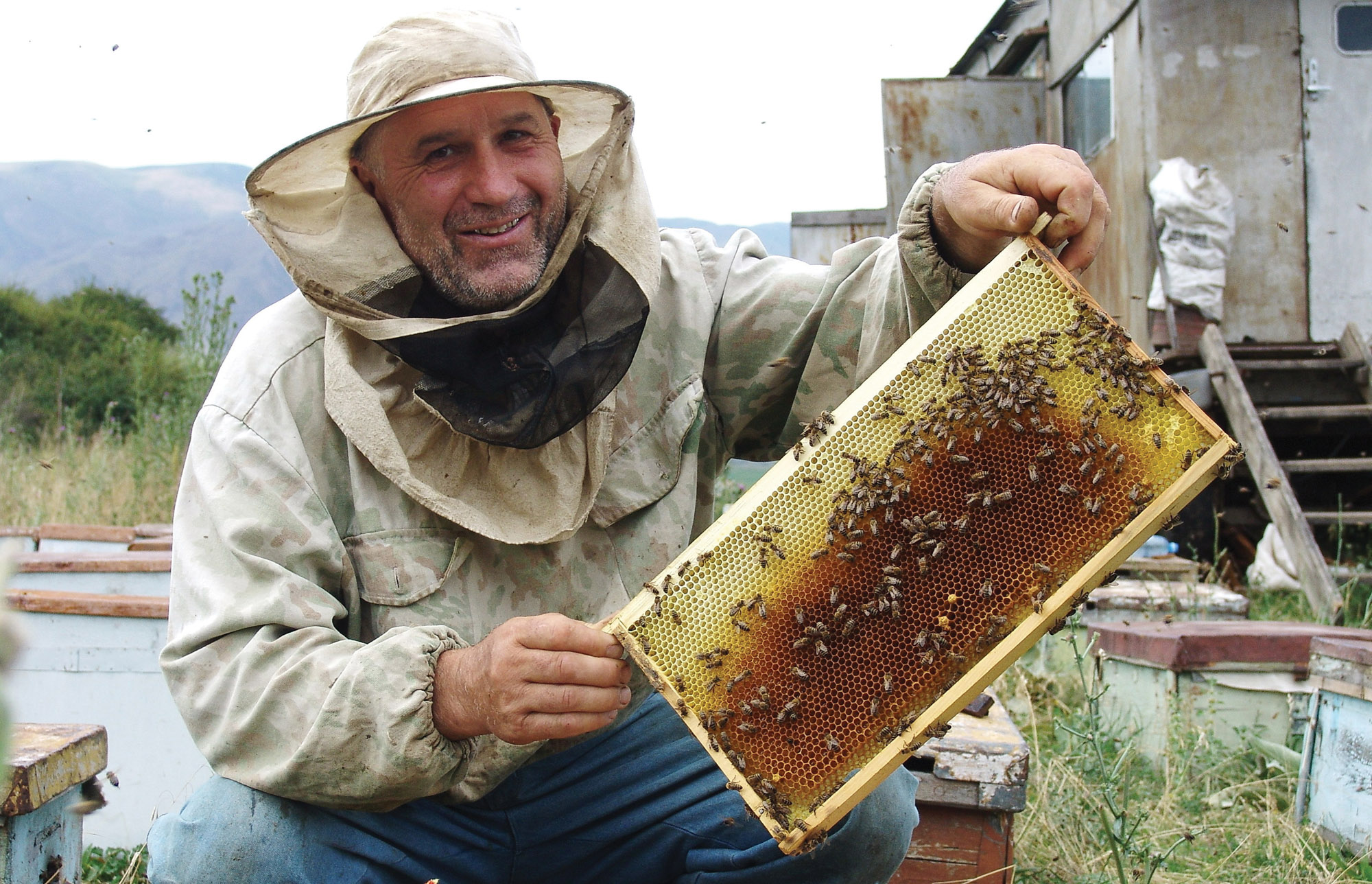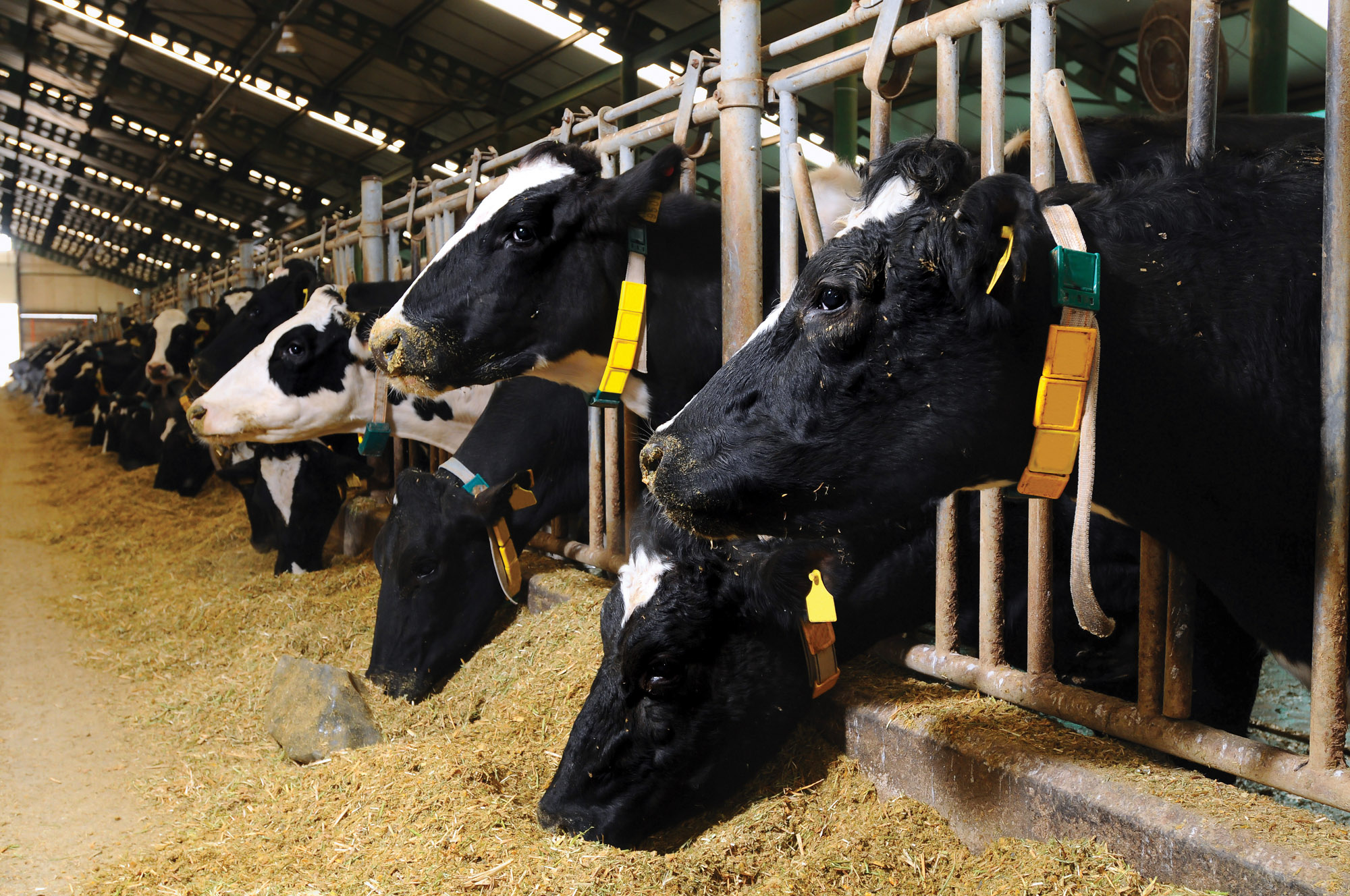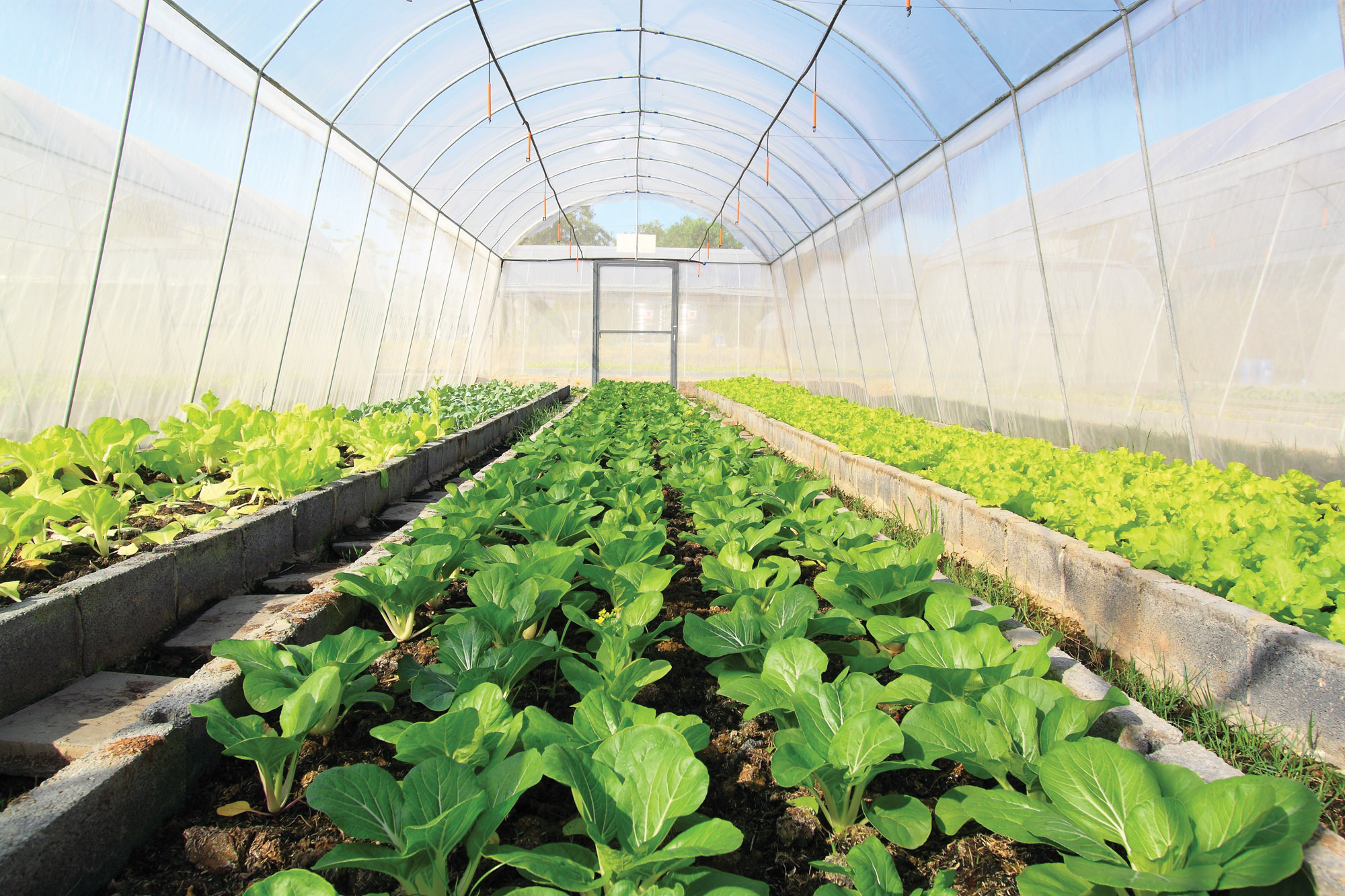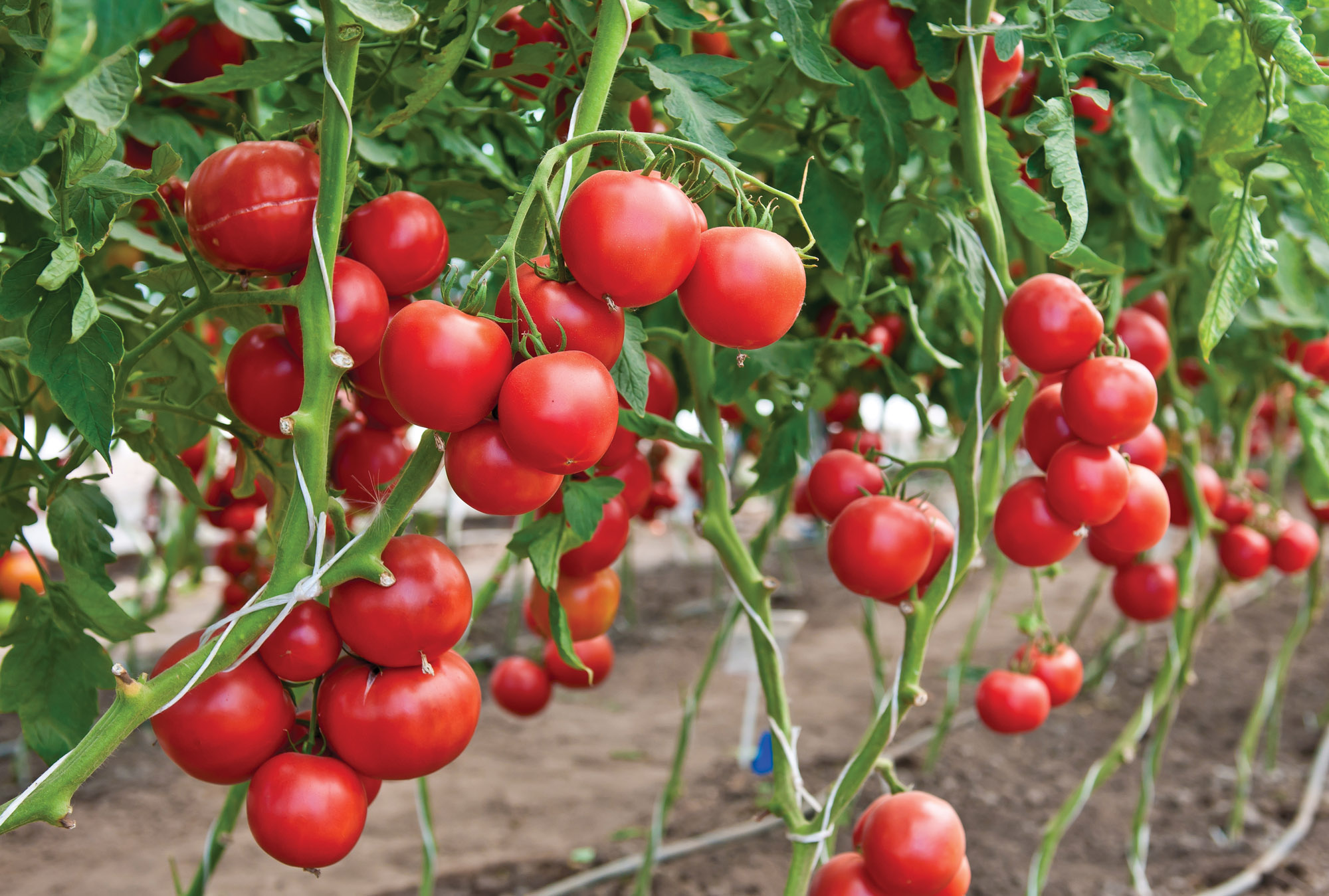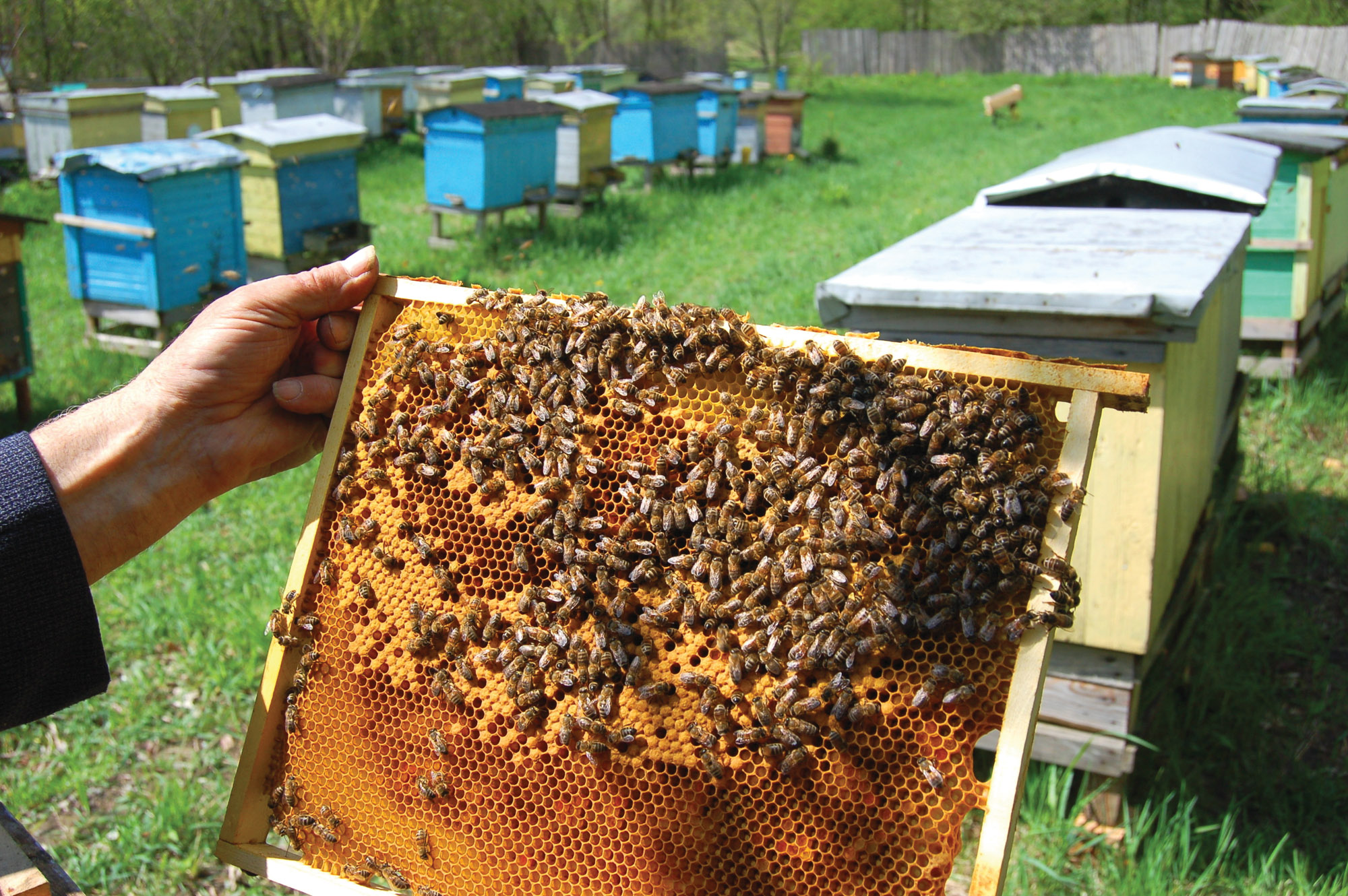Increasing the volume of production intended for sale so that semi-subsistence farms become economically viable, as well as diversifying production according to market requirements and introducing new products.
HomeCategory
Projects
Increasing the volume of production intended for sale so that semi-subsistence farms become economically viable, as well as diversifying production according to market requirements and introducing new products.
Increasing the volume of production for sale so that semi-subsistence farms become economically viable, as well as diversifying production according to market requirements and introducing new products.
The project contributes to the fulfillment of the major objectives of Axis 1 of the NRDP, Measure 111 "Vocational training, information and dissemination of knowledge" by developing and implementing a training program to improve the managerial and technical skills of young farmers in the regions of development South, South-West and Bucharest Ilfov, which have accessed and will receive support through Measure 112 "Installation of young farmers" from PNDR.
Promotion and awareness campaign on the implementation of a Local Action Group at the level of the component localities
Improving the competitiveness of processed milk products; Encouraging better use of by-products and/or disposal of by-products or waste.
Specialized consulting services provided in order to implement the project; Ensuring the strategic management of the project in order to obtain SAPARD funds;
The investment promoted by Hochland Romania included the construction of a wastewater treatment plant and a whey concentration plant, as well as the endowment of the laboratory with specific equipment within the dairy factory in Sovata (Mureș county).
The project will have a positive effect on the environment because the purchased equipment will improve the activity of the section, intended to obtain feed flour from by-products resulting from the technological process, largely solving the superior recovery of waste and sanitation of poultry production sectors.
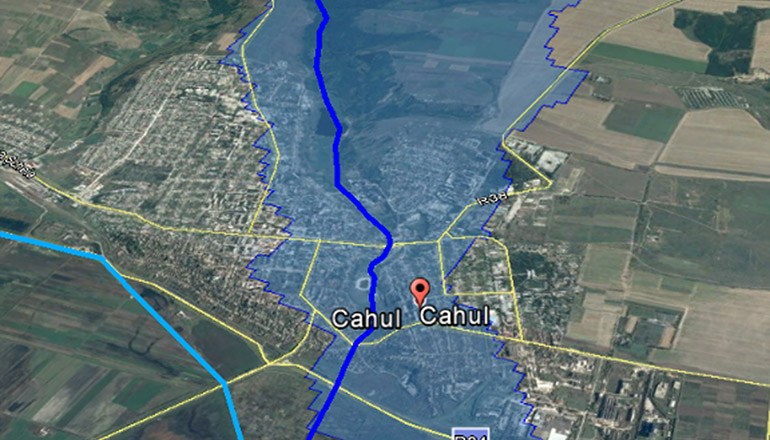
The main tasks of the project were field studies, analysis of historical data, elaboration of hydraulic maps and hydraulic calculations, analysis of options, risk analysis, economic analysis and elaboration of the environmental report.

